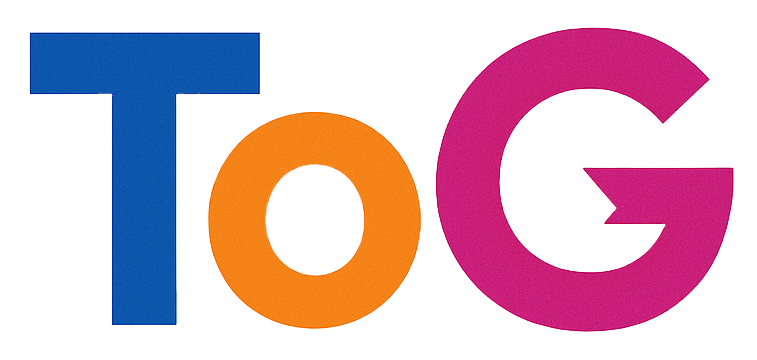Optimizing Your Data Integration for Local and Organic Performance: A Guide to Setting Up Looker Studio Reports
In the pursuit of enhancing local and organic marketing efforts, data visualization plays a crucial role. Many organizations seek efficient ways to connect various data sources—such as Google Search Console (GSC), Google Business Profile (GBP), Google Analytics (GA), BrightLocal, and other tools—to centralized platforms like BigQuery and Looker Studio (formerly Data Studio). However, establishing this integration can be complex and potentially costly.
Understanding the Challenges in Data Integration
Over the past several quarters, marketing teams and analysts have been exploring methods to automate and streamline data collection across diverse sources. The goal is to create a comprehensive dashboard that consolidates insights from multiple tools into a single, easy-to-understand report.
One common challenge is the perceived high cost and complexity of initial setup. For example, external consultants or freelance developers on platforms like Upwork have quoted extensive hours—sometimes ranging from 12 to 14 hours for the initial configuration, plus additional time for each new dashboard. This can seem prohibitively expensive, especially for smaller organizations.
Seeking Efficient Solutions
Given these barriers, many teams look for reusable templates or frameworks to simplify the process. If you’re in a similar situation, you might consider the following approaches:
-
Utilizing Pre-Built Templates: Search for existing Looker Studio templates designed for local and organic data metrics. Some community-shared templates can serve as a solid starting point, allowing you to customize them to your specific data sources.
-
Engaging Experienced Developers: Collaborate with developers who specialize in marketing analytics integrations. A skilled professional can help create a scalable, repeatable template that reduces setup time for future dashboards.
-
DIY with Guidance: While leveraging the knowledge of developers and templates is valuable, undertaking much of the groundwork yourself can be cost-effective. For example, if you’re familiar with Google BigQuery, you might connect it directly to your data sources and design your dashboards accordingly.
-
Consulting Up-to-Date Resources: Relying on current, comprehensive guides can save time and prevent confusion. Numerous online tutorials, community forums, and official documentation can provide step-by-step instructions—though be prepared that some challenges may require nuanced solutions.
Best Practices for Setting Up Your Dashboard
- Leverage Existing Data Mappings: Recognize that data from Google products are often semi-structured or pre-mapped, which can expedite the integration process.
- Plan for Scalability: Build your

